- Visualizza Nuovi Contenuti
- Nikonland
- Sezioni
- Test
- Guide agli acquisti
- Indice Articoli
- Blog
- Forum
-
Fotografie
- Novità dalle Gallerie Fotografiche di Nikonland
- Una foto soltanto : Consigli & Critiche
- Ultime Immagini Caricate
- Ultimi Commenti
- _____________________________
- Contest e occasioni speciali di Nikonland
- Natura
- Fiori
- Ritratto
- Nudo
- Street
- Motori (auto e moto)
- Paesaggi e Panorami
- Architetture
- Viaggi e reportage di viaggio
- Sport (no motori)
- Vendo e Compro
- Downloads
-
Altro

Benvenuti su Nikonland Questo sito è indipendente, è autofinanziato, non promuove e non raccoglie pubblicità. Non è collegato con Nikon, Nital o le loro sussidiarie
Nikonland non è una rivista periodica e non è quindi sottoposta alla normativa vigente
Ultimi Test
-
 Panasonic Lumix DC- GH5: changing photography
Panasonic Lumix DC- GH5: changing photographyMax Aquila - gen 04 2018 17:26
-
 Sony Vario Sonnar 2,8/24-70 ZA SSM II: lo Zeiss...
Sony Vario Sonnar 2,8/24-70 ZA SSM II: lo Zeiss...Max Aquila - ago 08 2017 10:39
-
 Nikon 24-70mm F2.8E VR (test/prova)
Nikon 24-70mm F2.8E VR (test/prova)Lieve - ago 02 2017 16:25
-
 Nikon D7500 o Nikon D500 : quale scegliere ? (g...
Nikon D7500 o Nikon D500 : quale scegliere ? (g...Lieve - ago 01 2017 12:38
-
 Nikon D7500 : io non ho paura ! (test/prova)
Nikon D7500 : io non ho paura ! (test/prova)Lieve - ago 01 2017 13:59
Altri Contributi
-
 [libro Nikonland centenario] Il Terzo Occhio
[libro Nikonland centenario] Il Terzo OcchioAlberto Coppola - ago 17 2017 15:43
-
 [reportage] Non è più strano... il Tai Chi Chuan nei Parchi a Milano.
[reportage] Non è più strano... il Tai Chi Chuan nei Parchi a Milano.Silvio Renesto - ago 05 2017 13:16
-
 100 anni di Nikon il mito intramontabile
100 anni di Nikon il mito intramontabileRoby C - ago 04 2017 14:49
-
 01-09-2017 - Pravo dopo quarant'anni cambia sede
01-09-2017 - Pravo dopo quarant'anni cambia sedeRoby C - ago 02 2017 17:08
-
 31 luglio 1954... e uno che diverrà un famoso nikonista...
31 luglio 1954... e uno che diverrà un famoso nikonista...Roby C - lug 31 2017 18:48
-
 la Vera Storia della Riunione del 29 Luglio...
la Vera Storia della Riunione del 29 Luglio...Roby C - lug 30 2017 22:46
-
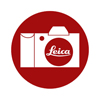 Sardegna - Sud Est
Sardegna - Sud Estcris7 - lug 24 2017 19:27
-
 Avignone - Il festival off
Avignone - Il festival offMassimo Vignoli - lug 18 2017 21:59
-
 [editoriale] Garanzia cinqueminuti...
[editoriale] Garanzia cinqueminuti...Max Aquila - lug 12 2017 12:21
-
 [motori] Monza Historic
[motori] Monza HistoricGiannantonio - lug 06 2017 13:39
-
 [libro Nikonland centenario] だいすきニコン (daisuki Nikon)
[libro Nikonland centenario] だいすきニコン (daisuki Nikon)Alberto73 - lug 04 2017 21:52
-
 [manifestazioni] TRATTA 29 giugno 2017
[manifestazioni] TRATTA 29 giugno 2017tommowok - giu 30 2017 13:23
-
 [luoghi] i laghi del Trentino
[luoghi] i laghi del TrentinoAlberto73 - giu 29 2017 21:13
-
 [reportage] Tre Torri
[reportage] Tre TorriGiannantonio - giu 28 2017 15:46
-
 [Nikonland libro Centenario] come da tag
[Nikonland libro Centenario] come da tagValerio Brùstia - giu 26 2017 00:06
In evidenza
-
 Le Nikon del 2017
Le Nikon del 2017Lieve - feb 08 2017 08:36
-
 16 ottobre - 2006-2016 : dieci anni della nostr...
16 ottobre - 2006-2016 : dieci anni della nostr...Lieve - ott 16 2016 06:03
-
 La Stampa in Bianco e Nero
La Stampa in Bianco e NeroSpinoza - mag 19 2016 19:55
-
 Nikon D5 : semper fidelis (test/prova)
Nikon D5 : semper fidelis (test/prova)Lieve - ott 30 2016 17:17
-
 La nascita di Nikon (Nippon Kogaku) e la Marina...
La nascita di Nikon (Nippon Kogaku) e la Marina...Lieve - mar 04 2015 11:11
-
 Nikon D810 : la terra promessa (test/prova)
Nikon D810 : la terra promessa (test/prova)Lieve - mar 10 2015 13:50
-
 Il fascino intramontabile delle foto stampate
Il fascino intramontabile delle foto stampateLieve - mag 22 2014 09:23
-
 Calibrare e Profilare il monitor. Guida pratica
Calibrare e Profilare il monitor. Guida praticaSpinoza - mag 13 2014 12:57
Ultime News
-
 25 luglio 2017 : fine della ricreazione
25 luglio 2017 : fine della ricreazioneLieve - lug 28 2017 11:02
-
 La Nikon D850 ha un mirino ibrido ?
La Nikon D850 ha un mirino ibrido ?Lieve - lug 27 2017 05:40
-
 Importante aggiornamento firmware per la Nikon...
Importante aggiornamento firmware per la Nikon...Lieve - lug 12 2017 07:50
-
 Nuovo Nikon AF-P 70-300mm F4.5-5.6E VR (FX)
Nuovo Nikon AF-P 70-300mm F4.5-5.6E VR (FX)Lieve - lug 11 2017 07:28
-
 New Old Camera : servizio 'demo' e Meet...
New Old Camera : servizio 'demo' e Meet...Lieve - giu 12 2017 07:41
-
 Nuovo Nikon 10-20mm F4.5-5.6 VR
Nuovo Nikon 10-20mm F4.5-5.6 VRLieve - lug 07 2017 16:49
-
 Nuovo Nikon 8-15mm F3.5-4.5E Fisheye
Nuovo Nikon 8-15mm F3.5-4.5E FisheyeLieve - mag 31 2017 07:23
-
 Nuovo Nikon 28mm F1.4E
Nuovo Nikon 28mm F1.4ELieve - mag 31 2017 07:36
-
 Fotografia, messaggi, il tempo in cui viviamo.
Fotografia, messaggi, il tempo in cui viviamo.Lieve - giu 25 2017 05:35
-
 Il dado è tratto. Sarà il 2018 l'anno mirro...
Il dado è tratto. Sarà il 2018 l'anno mirro...Lieve - lug 12 2017 07:15
Sigma DC 8-16mm F4.5-5.6 HSM : the extremely wide (test/review)
ago 31 2015 10:56 |
Valerio Brùstia
in International
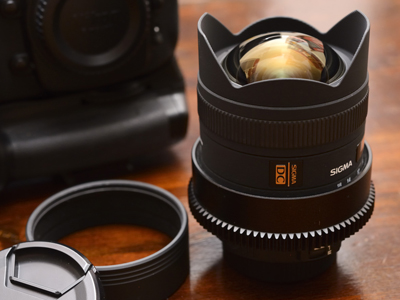 For any wide angle photographer the 90°angle of view is the starting point. We know that opening more means to enter in a psychedelic world of huge distortions, where the space is stretched above the reasonable limit and the viewer is pushed inside the scene.
For any wide angle photographer the 90°angle of view is the starting point. We know that opening more means to enter in a psychedelic world of huge distortions, where the space is stretched above the reasonable limit and the viewer is pushed inside the scene.This is a great trial for any curious photographer, and Sigma knows that. Since the beginning of the digital era, Sigma has produced a spread variety of rectilinear wide, super wide lenses. But Sigma pulled his engineers behind the red line of the standard super wide zoom lenses 17-35, reaching focal lengths that apparently was the private propriety of historical bigger producer.
The Sigma DC 8-16/4.5-5.6 belongs to the family of this extreme rectilinear wide zoom lenses. Nowadays (August 2015) the Sigma DC 8-16/4.5-5.6 is the shortest focal length that a DX Nikon user can mount on his F-bayonet camera. This is a special zoom that drives the photographer from the 74° (24 mm FX equiv.) to the hyper fantastic 114.5° at the shortest focal length (12mm FX equiv.)
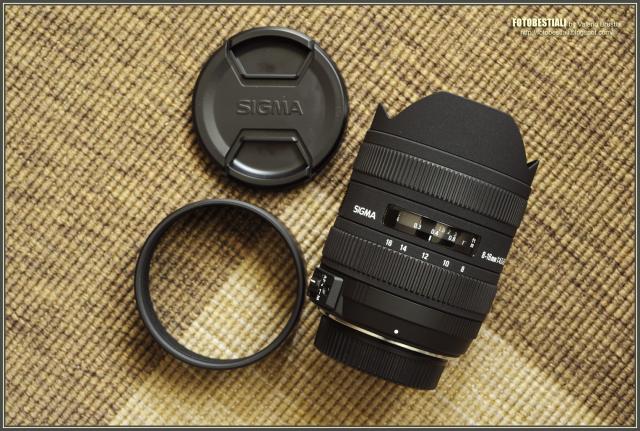
Technical data
Focal lenght 8-16 mm
Aperture 4.5-5.6 --- 22
Field angle 114.5°-75°
Min. focus distance 0.24 m for all the focal escursion
Diaphragm 7 blade
Screw filter holder NO
Back filter holder NO
Lens hood shade Built in
AF motor Piezoelectric ultrasonic motor
DImensions L=110 mm D=75 mm
Weight Approx 0.5 Kg
Price (August 2015) 680 euro Mamya Trading Italia
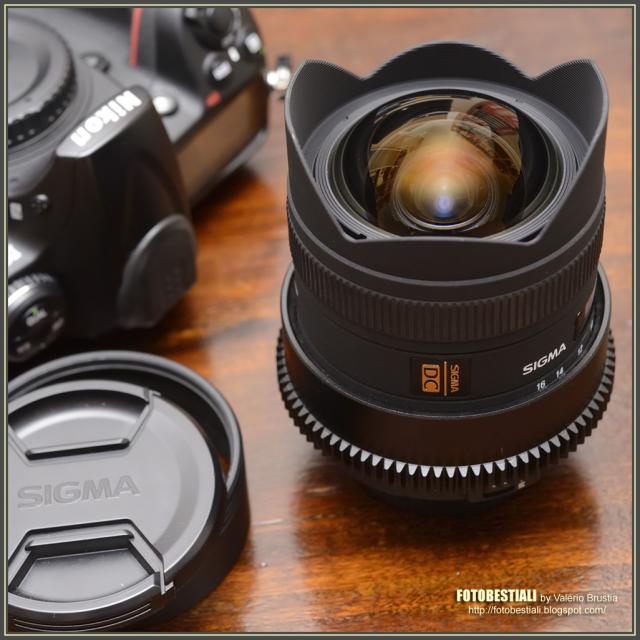
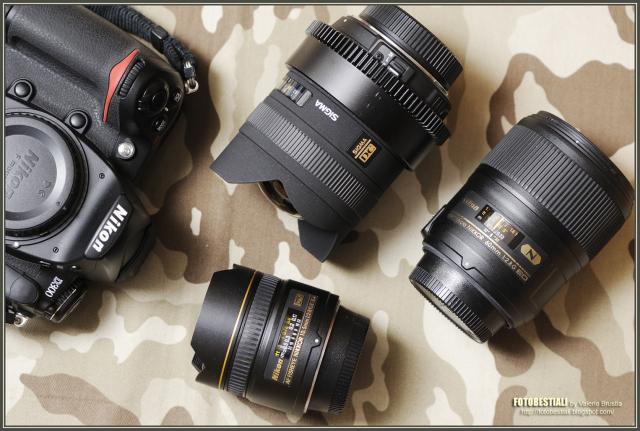
The data sheet doesn't tell more that a series of numbers, but in the field those numbers show their inside means. The very short focal length of 8mm in addition to the cropped DX format is the ingredient of the formula of the amazing deep of field. This is one of the skills of this special Sigma zoom, an optical product developed for specific applications. The not-brilliant aperture of 4.6-5.6 could be judged as a limitation - and this is true in the case of street photography in low light conditions, but it isn't in the field of applications which the lens is built for.
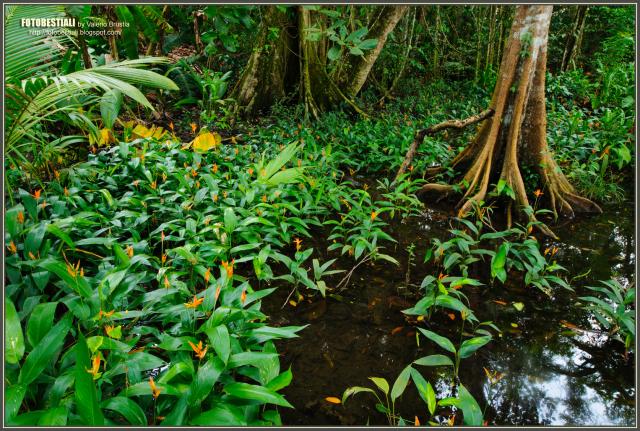
Nikon D300 Sigma 8-16/4.5-5.6 @ 11mm tripod gitzo GT3541LS Arca B1 Exp: 3s f/13
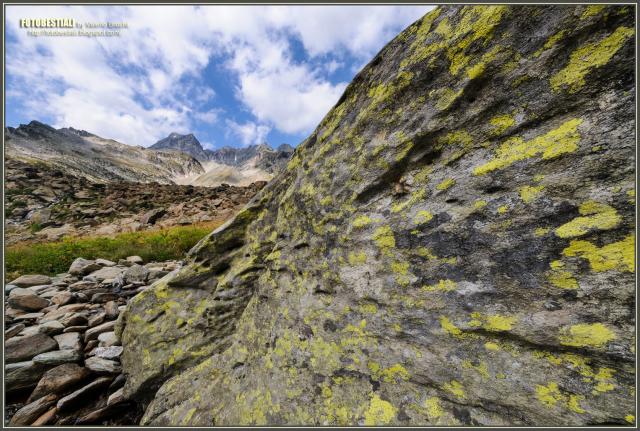
Nikon D300 Sigma 8-16/4.5-5.6 @ 8mm Exp: 1/90s f/16
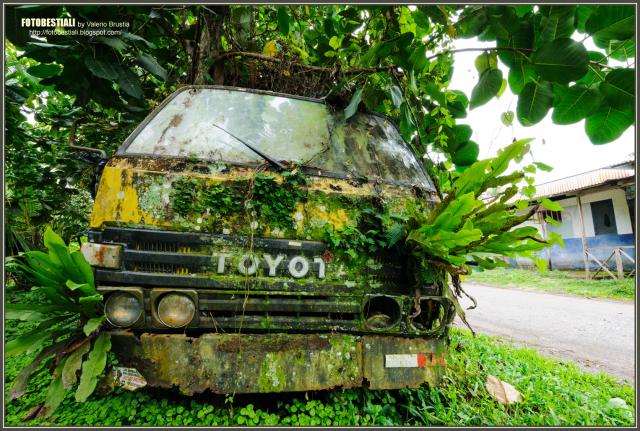
Nikon D300 Sigma 8-16/4.5-5.6 @ 10.5mm tripod gitzo GT3541LS Arca B1 Exp: 3s f/13
The Sigma 8-16 is a landscape lens, an application for close diaphragms and extended deep of field and for the camera mounted on a solid tripod. The use of this tool in wild landscape is absolutely instinctive, natural and moreover very funny. Pulling the foreground near the frontal meniscus lens and driving the view in the far horizon is the game of modern landscape photography and the Sigma 8-16 is a fantastic gear for those applications. The photographer using a modern digital camera, with increased ISO capability, can easily find further applications for the Sigma 8-16. Despite the dark finder, increased by the 5.6 aperture, the Sigma 8-16 can also be employed in free hand photography. People and actions are good subjects for the wide angle view and the fast AF motor inside the Sigma lens rapidly catches the target, although that's not exactly the best application for Sigma 8-16. The lens offers its best performance in close diaphragms, but it's a very rare opportunity to meet in a dark Gothic Church or in the shadowy evening streets enough light that allows handheld shots (!).
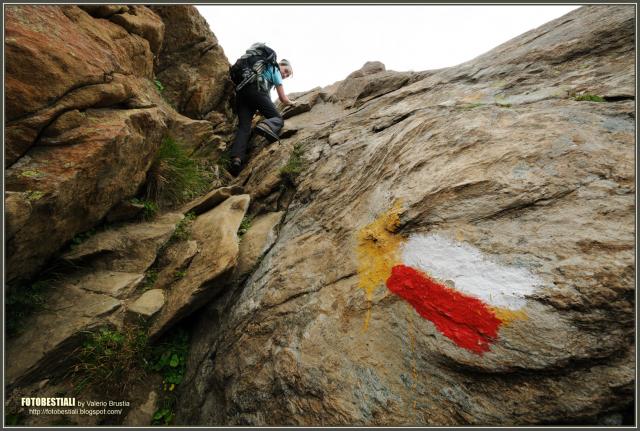
Nikon D300 Sigma 8-16/4.5-5.6 @ 8mm Exp: 1/90s f/11
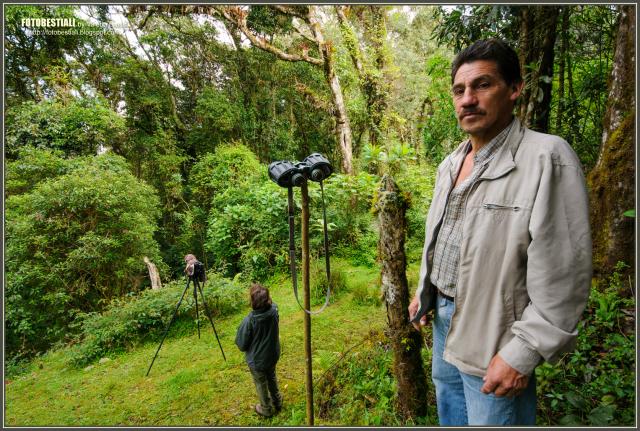
Nikon D300 Sigma 8-16/4.5-5.6 @ 11mm Exp: 1/60s f/8

Nikon D300 Sigma 8-16/4.5-5.6 @ 9.5mm Exp: 1/250s f/11
Now is the time to talk about the object "lens". The Sigma 8-16 has compact dimension in a sturdy aluminum body case, painted in black gray rugged surface; it's a double gear zoom, one to zooming and one to focusing, and both are very smooth, though quite hard to move accidentally.
Due to the low max aperture and the limitations of the DX prism and finder Camera, focusing manually is quite difficult, also in high light conditions like a sunny summer day. Sigma offers the solution of its fast, silent and precise ultrasonic motor. The focus precision is an important skill despite of the super extended short focal lens deep of field. In actual use, most of the focus control will be given to the AF system in order to reduce the risk of out of focus which decreases the global image sharpness.
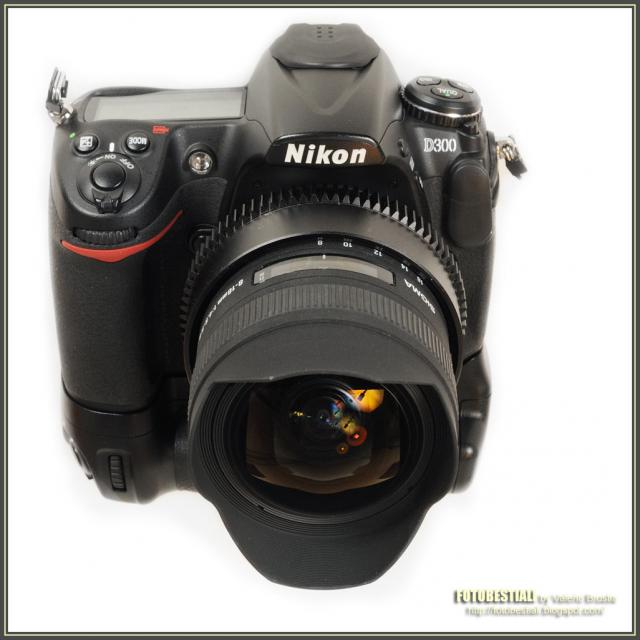
The Sigma 8-16 has a bizarre architecture lens. The frontal meniscus is mounted inside the solid aluminum body case. The zoom movement pushes out the front element, but the glass remains always well protected by the shade. Unfortunately the curve shape of the front element prevents any filter mount. Sigma doesn't provide a back side filter holder and this is a lack because a polarize filter is useful in many occasions.
The minimum focus distance is 0,24 cm across the entire focal excursion. A good performance, although at times I feel the need to get more close to the subject (especially at LF 8 mm).
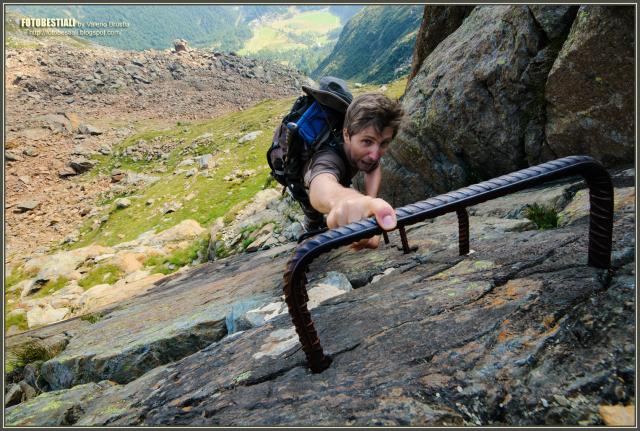
Nikon D300 Sigma 8-16/4.5-5.6 @ 8mm Exp: 1/60s f/11
For most photographers the absolute sharpness is the essential issue, so I suggest them to purchase a hipercorrect 50 mm and live happy with its 500 lpm. Personally, I'm a photographer who prefers to loose some lpm, and yet gaining any different perspective options. The Sigma 8-16 is the result of a balanced compromise. The reduced corner sharpness isn't so aggressive that could compromise the global image quality. The sharpness improvement is significative when closing the aperture, the lens gives his best for aperture from f/11 to f/16. A further closure reduces the general definition due to diffraction effects.

Front side of a building at 8mm

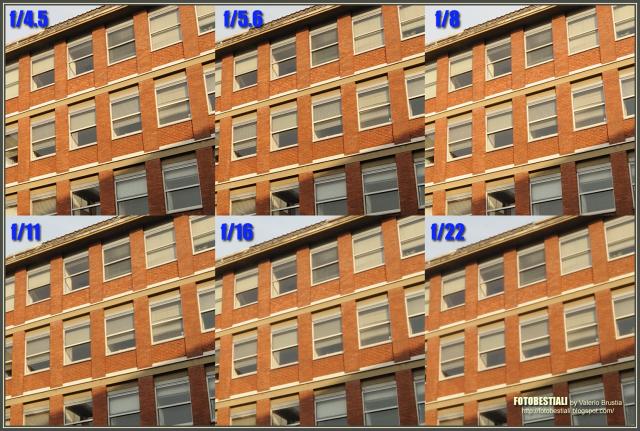
Details crop 100%
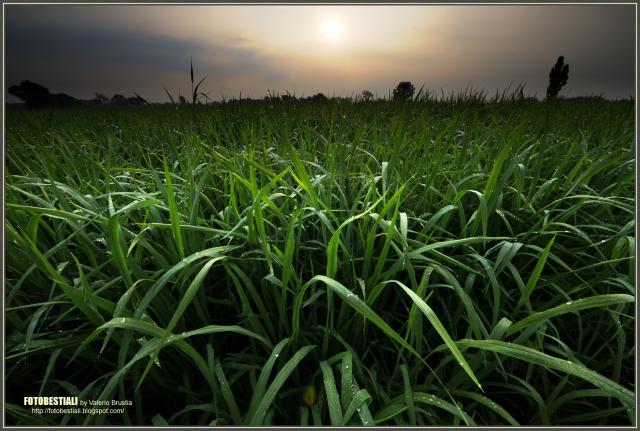
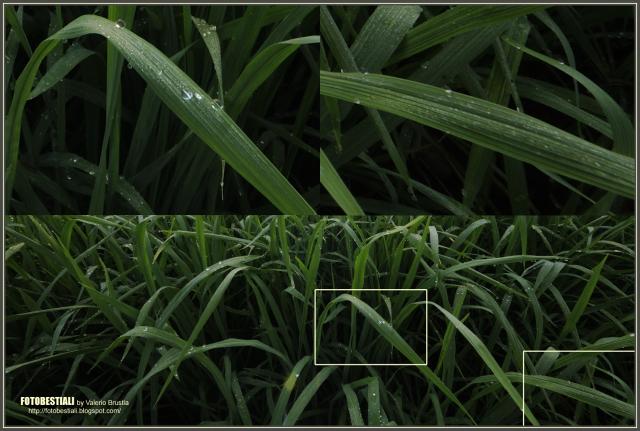
Nikon D300 Sigma 8-16/4.5-5.6 @ 8mm Exp: 1/125s f/16
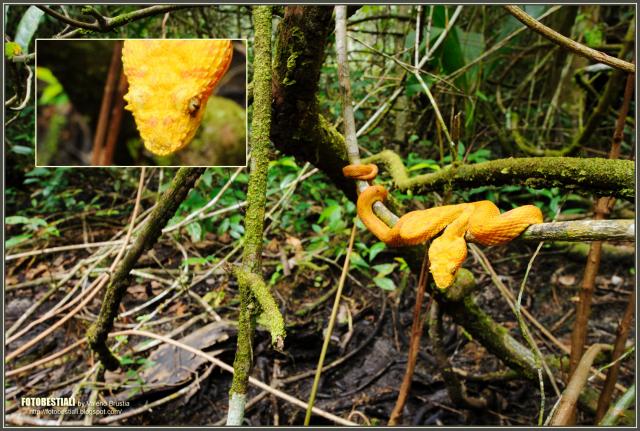
Nikon D300 Sigma 8-16/4.5-5.6 @ 16mm tripod gitzo GT3541LS Arca B1 Exp: 1/6s f/9,5
The vignetting effect is strong and physiologic for this kind of super short focal length; closing the diaphragm is the way to reduce the effect but it's only a reduction, because the vignetting doesn't disappear. Anyway it became a character of this kind of picture, so significant that the Adobe LR lens profile correction appears too much invasive for my taste.
Geometrical distortions have a good corrections but at the extreme short of 8mm the barrel distortion is significant; fortunately it's a regular curvature quickly compensable via software.
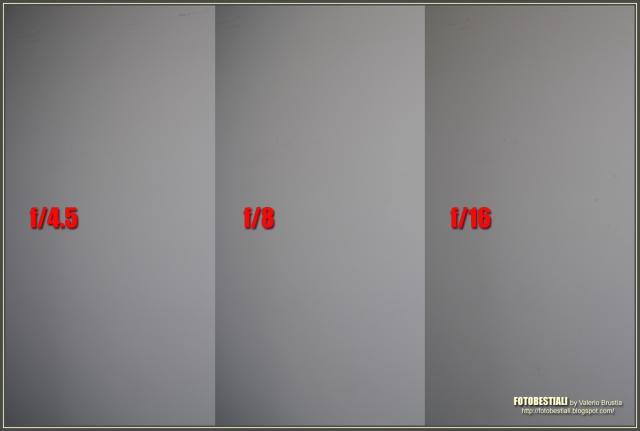
Vignetting effect on a white wall
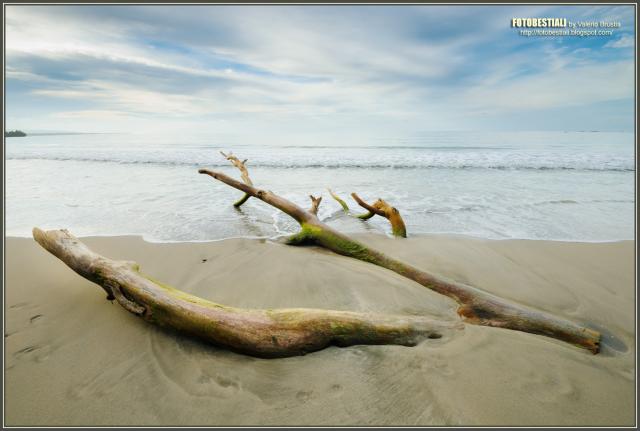
Nikon D300 Sigma 8-16/4.5-5.6 @ 9.5mm tripod gitzo GT3541LS Arca B1 Exp: 1/30s f/19
In an optical scheme which contains a crowd of 15 lenses in 11 groups it's hard to pretend a total flare suppression. In spite of that, the Sigma 8-16 makes the job. The photographer can include the brighting sun in the frame recording only some isolated reflections, nothing that can seriously damage the entire image. Most probably this good performance depends on a good lens coating add to aspherical and low dispersions lenses inserted in the optical scheme. I like to observe that this lens is not a EX series, but belong to the "normal" Sigma series: strange marketing decisions.
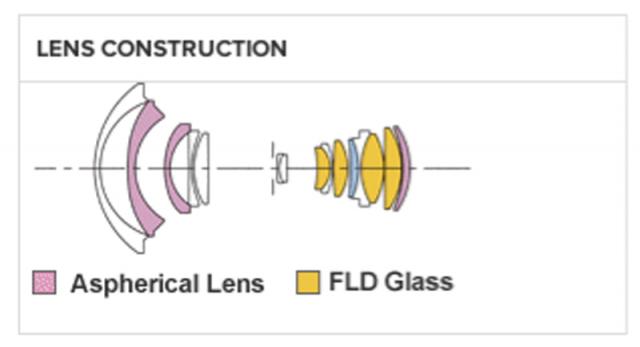
The optical scheme - source Sigma

Nikon D300 Sigma 8-16/4.5-5.6 @ 8mm Exp: 1/8s f/5,6

Nikon D300 Sigma 8-16/4.5-5.6 @ 8mm : 1/350s f/11
Using 12Mp camera like Nikon D300 the chromatic aberrations are less perceptible, anyway the LR purple frighting compensation reduces any appearance. I suppose an equivalent LR software treatment for camera like the 24 Mp Nikon D7100-7200. I've made few shots with the combo Nikon D7200 Sigma 8-16 and I've to say that the Sigma Lens is still a good choice for the newest camera.
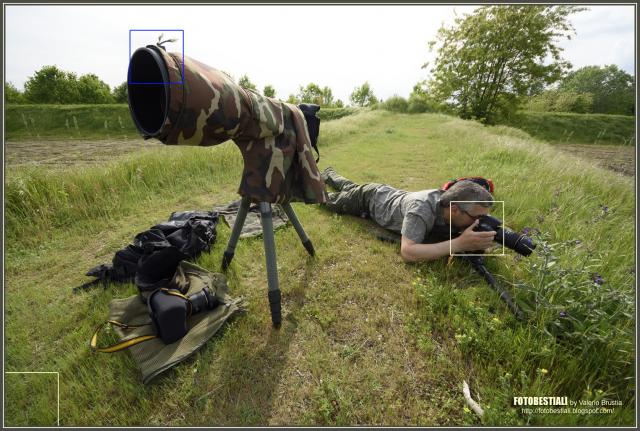

Nikon D7200 Sigma 8-16/4.5-5.6 @ 8mm : 1/500s f/8
A special application
I've chosen the Sigma 8-16 instead of a most diffused and "normal" 10-20, because I had the precise idea to push it over the limit. I was looking for a super wide to housing in my underwater DX camera case (Sea&Sea MDX D300); I was catching half-water pictures and I knew that a super dome add to a DX crop sensor could make the difference. In my research the Sigma 8-16 offered me the opportunity, with a reasonable cost, to try the wider solution that I've never had to imagine. The modern AF action was a pleasant surprise because in UW photo is very hard to have a clear view through a foggy mask and an optical housing magnification finder.
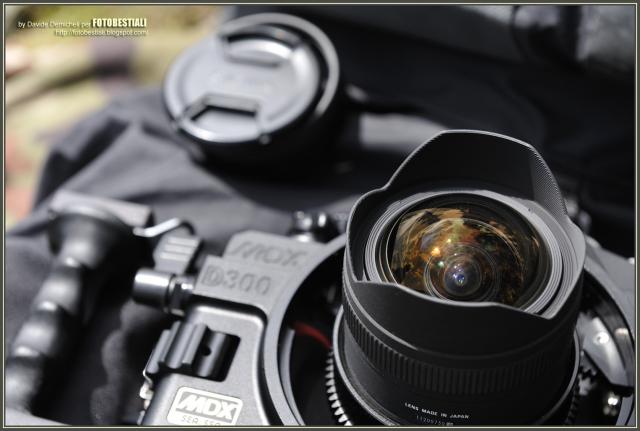
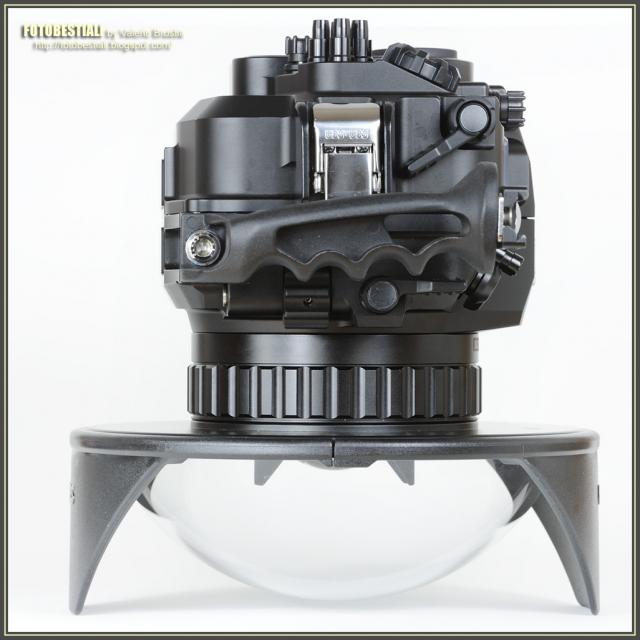
No one said to me that the Sigma 8-16 is a good tool for UW Photo, I've tried and I've discovered a good gear for traveling and taking pictures while diving. Sometimes I prefer the few Mp of D300 + Sigma 8-16 in spite of the gorgeous abundance of D800 + Nikon 17-35, that's because in many occasion weight and dimension are more important than the hight resolution. At last the super short 8mm focal length and the DX format really makes the difference, the amazing deep of field resolves in a clear line the air/water separation maintaining sharpened details over and above the water.
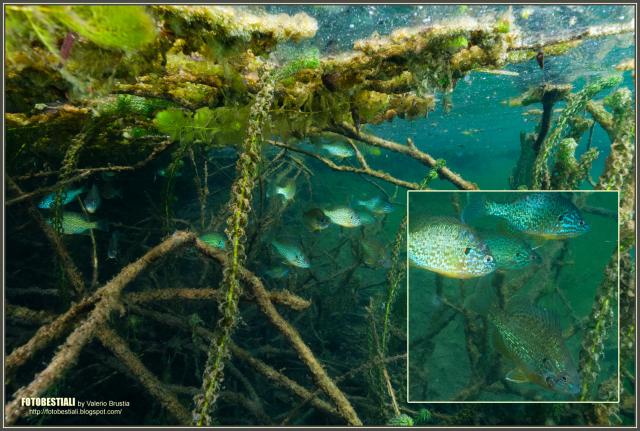




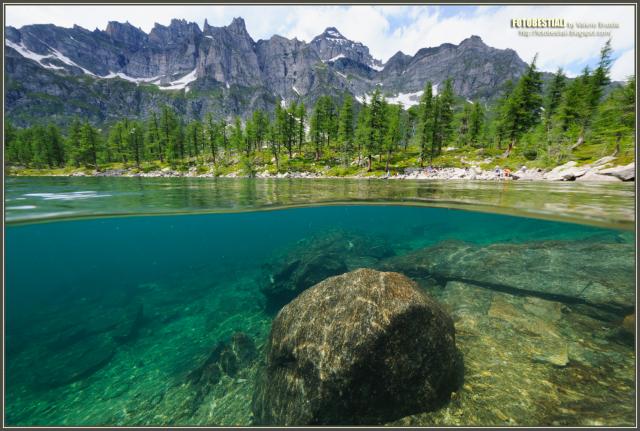
In conclusion
The Sigma 8-16 zoom is a true extreme lens; despite the over pushed wide ability, this Sigma is still a good tool, a useful lens also at the wide open 114.5° angle of view, with good performance that allows the combo with the newest 24Mp DSLR.
Sadly too often I find this lens in Like New conditions on the Used Gear web market, but I know the reason of that: wrong purchases and fails in use. I've tried to show the limitations, my guess is to advertise that this kind of lens is not a general purpose but a specific gear that offers great opportunities provided the photographer understands which is its field of use. A sturdy tripod or a huge dome port are the right mates of this Sigma zoom lens. Try it in the correct way, you'll buy it.
Test:
Yes
0 user(s) are online (in the past 15 minutes)
0 utenti, 0 ospiti, 0 utenti anonimi













0 Comments